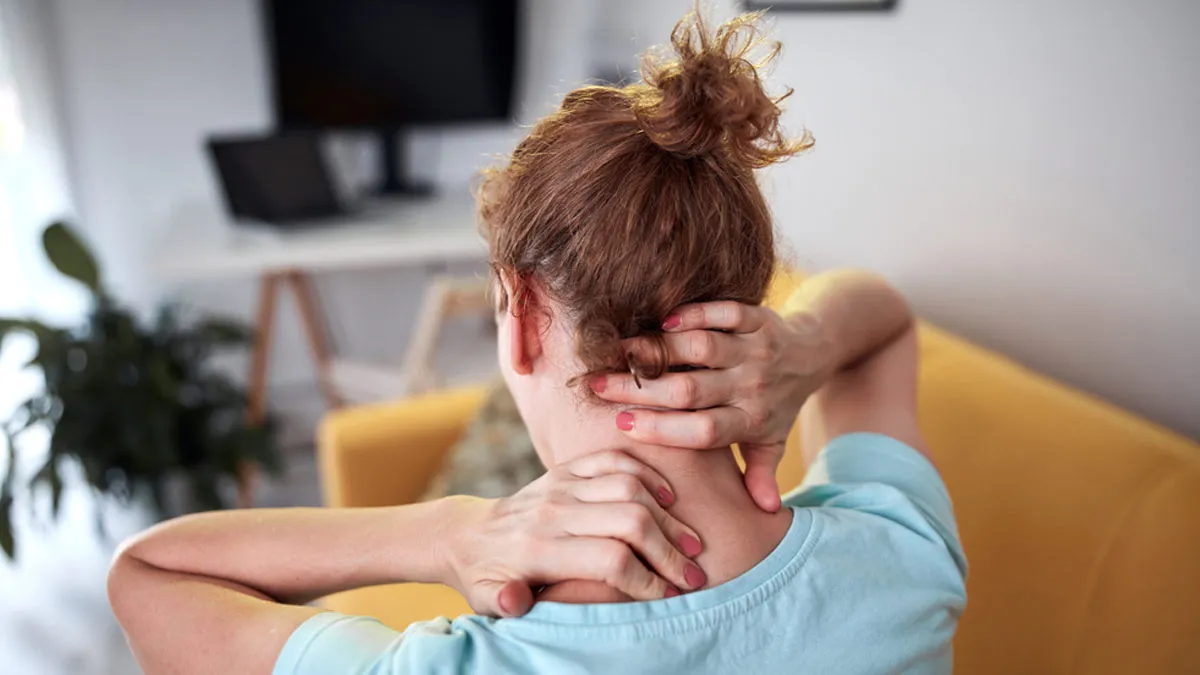
We often think of anxiety as something that affects our minds, but it can also show up in surprising ways on our skin. One such reaction is an anxiety rash that appears when stress takes a toll on our bodies. It is a physical response triggered by the stress hormones released during moments of anxiety. We spoke to our expert Dr Falguni Iyer, Consultant Physician, Shalby Hospital, Ahmedabad, who explained how anxiety affects the skin, why it makes us itch, and what you can do to manage these symptoms so they don’t disrupt your life.
Table of Content:-
How Anxiety Triggers Physical Reactions
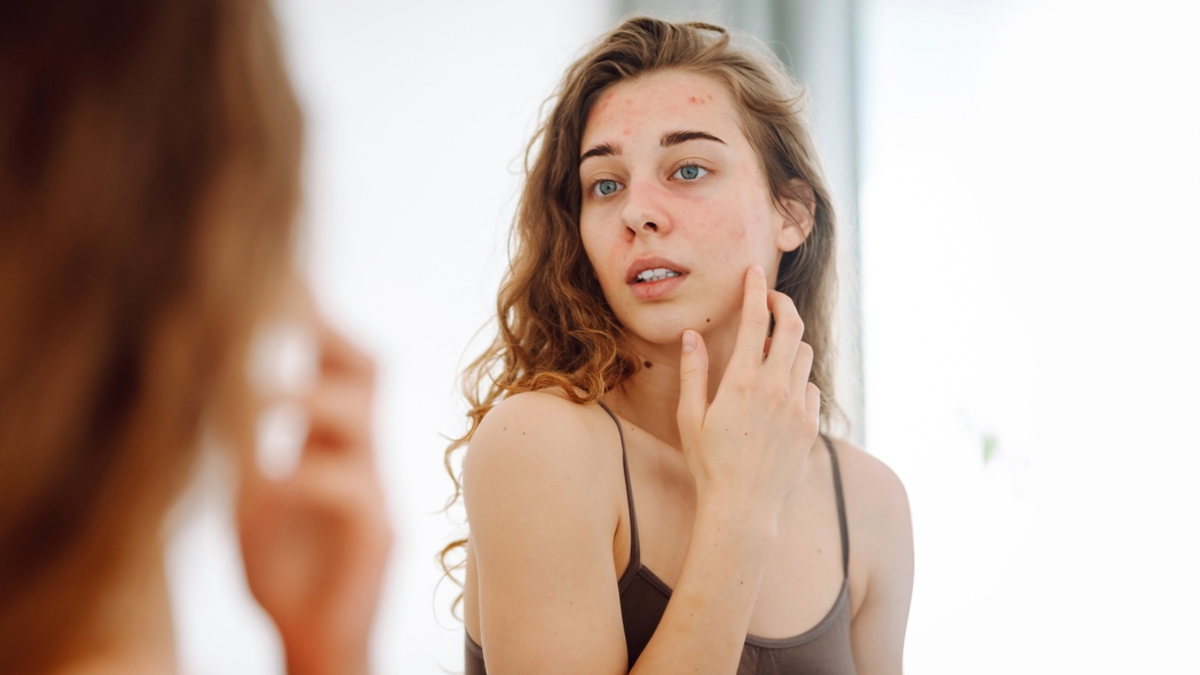
According to a 2016 study, an anxiety rash appears as small, red, inflamed spots, bumps, or patches on the skin.
When faced with stress or anxiety, your body activates its fight-or-flight response, releasing stress hormones like adrenaline and cortisol. While these chemicals are essential for survival in emergencies, they can have unintended side effects. “These substances can cause a range of physical symptoms, including skin reactions, such as rashes, itchiness, and hives,” explained Dr Iyer.
Additionally, anxiety impacts the immune system. It increases the release of histamine, a compound that triggers inflammation and itching. As a result, your skin may become irritated, red, or even develop hives, particularly in areas where tension accumulates, like your neck, hands, or face.
The Role of the Nervous System
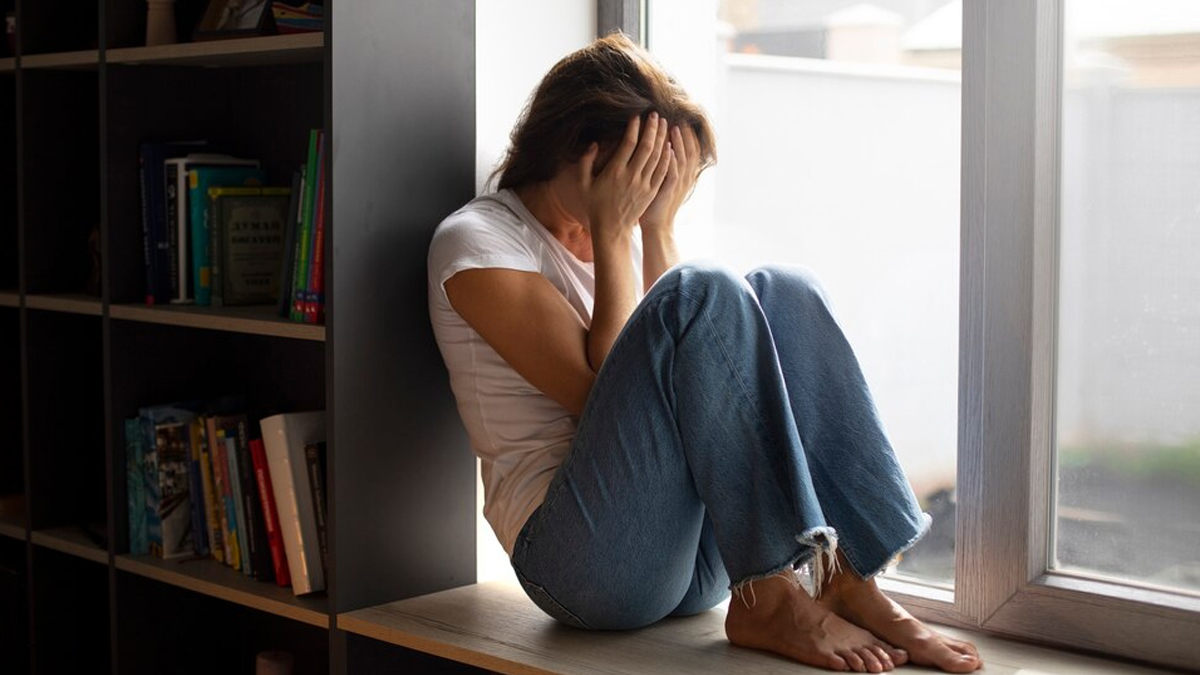
The body’s nervous system plays a significant role in amplifying the effects of anxiety. Anxiety elevates your nervous system’s responses, making even minor sensations feel more intense. A small itch, for instance, may feel unbearable because anxiety increases your awareness of physical sensations.
Dr Iyer added, “The more you focus on the itching, the worse it becomes. Anxiety makes you more self-conscious of physical feelings, intensifying sensations like itching or discomfort. In simple terms, the act of overthinking amplifies these sensations.”
Also Read: Does Stress Show Up in Your Nails? Here's How to Recognise the Signs
How Stress Affects the Skin
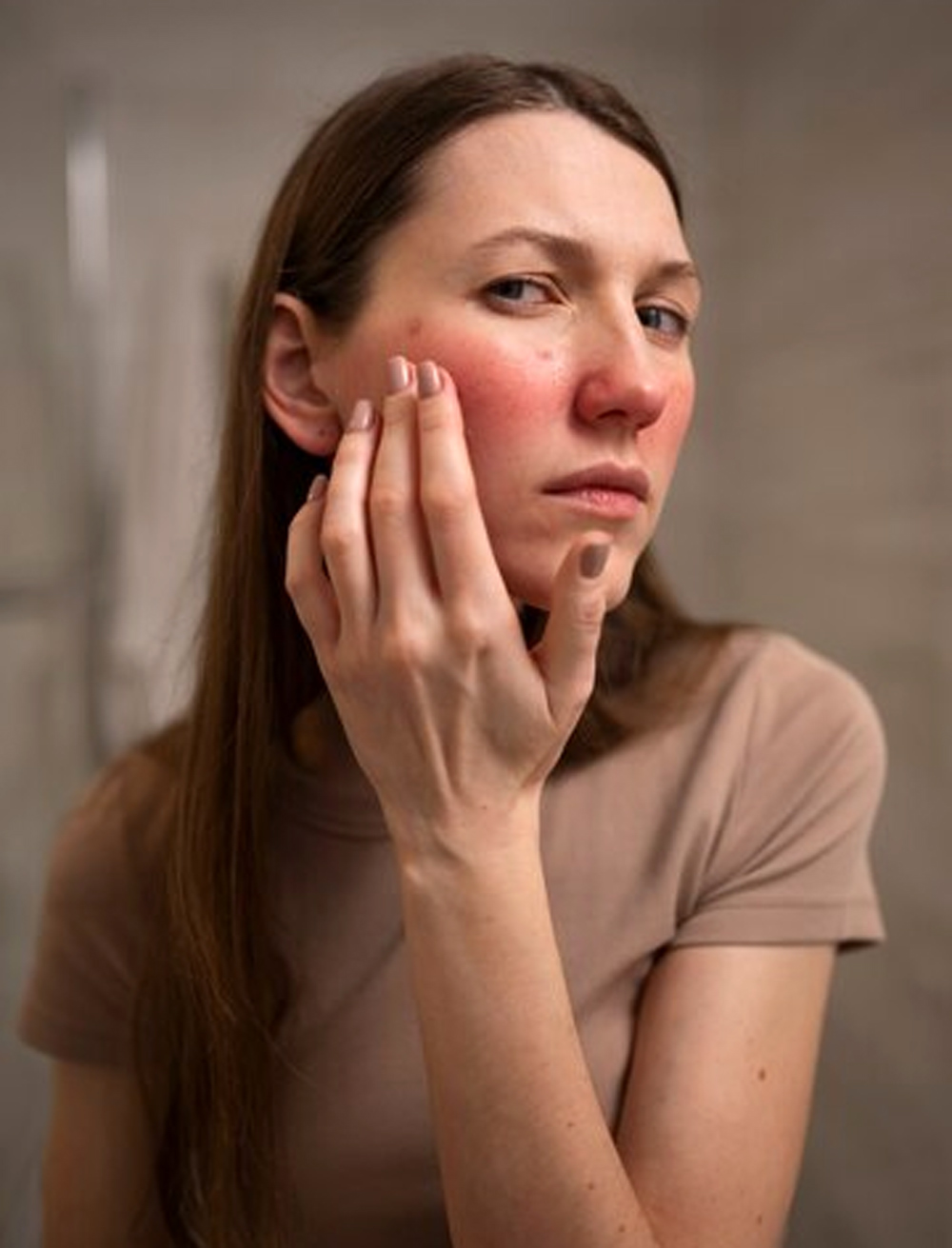
Your skin reflects your internal health. Stress and anxiety can force your immune system into overdrive, causing an exaggerated inflammatory response. This may result in skin redness, itching, or rashes. Some people may also experience hives, raised, itchy welts that appear as the immune system reacts to increased stress levels.
“Muscle tension caused by anxiety can also restrict blood flow, contributing to sensations like tingling, crawling, or itching. These sensations are often experienced in areas of the body where you carry stress, such as the palms, scalp, or shoulders,” said Dr Iyer.
The Psychological Impact
“The connection between anxiety and skin symptoms is often a vicious cycle. Anxiety triggers itching or rashes, which can then cause more stress, perpetuating the cycle. The more you think about the itching, the worse it gets. Accepting sensations like a crawling feeling without overanalysing them can help reduce their intensity,” advised Dr Iyer.
Also Read: How Does Ice Help You Calm Your Anxiety?
Are Anxiety Rashes Dangerous?
Most anxiety rashes are harmless and tend to disappear once the underlying anxiety is managed. According to StatPearls, a stress- or anxiety-induced rash typically subsides within 24 hours, and topical treatments can help alleviate the rash and ease any associated discomfort. However, if a rash persists, worsens, or is accompanied by other unusual symptoms, it’s crucial to consult a doctor. In rare cases, what seems like an anxiety rash might be a sign of an allergic reaction or another underlying condition.
Managing Anxiety-Related Skin Symptoms
While anxiety rashes are uncomfortable, they can often be managed effectively. Here are some strategies to help:
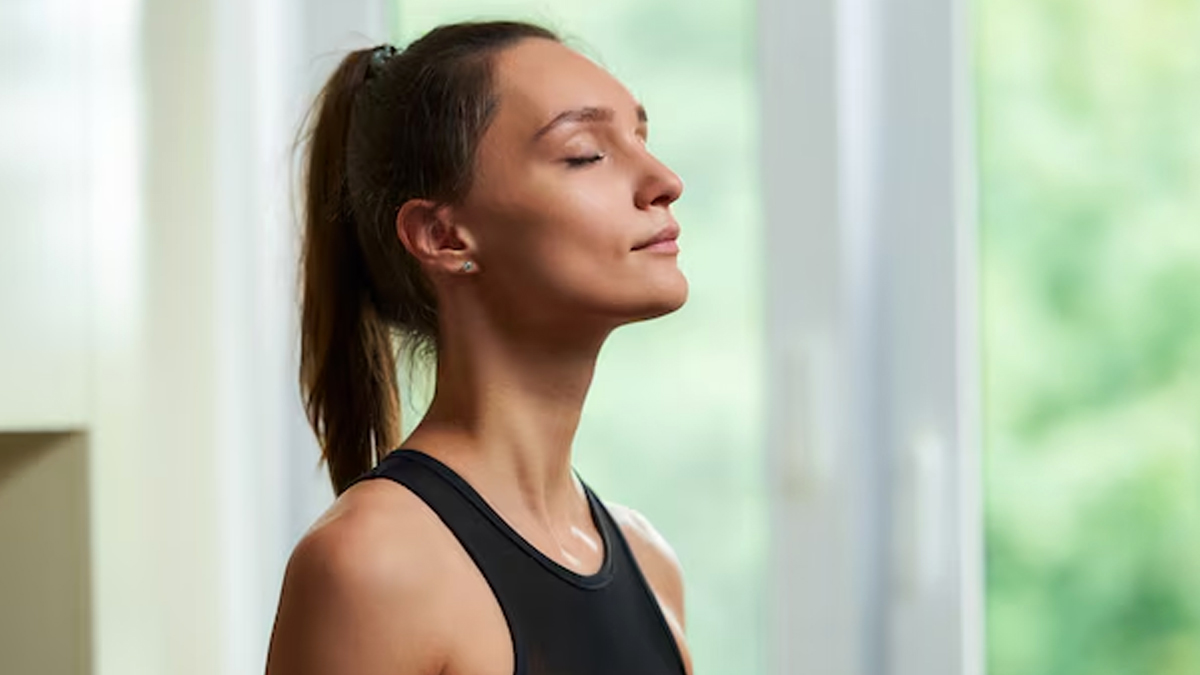
Stress Reduction Techniques: Practices like deep breathing, meditation, and yoga can help calm your mind and reduce stress-related symptoms, including skin reactions.
Stay Hydrated: Proper hydration supports skin health and can alleviate dryness or irritation.
Cold Compresses: Applying a cold compress to affected areas can provide immediate relief from itching and redness.
Avoid Scratching: Scratching can worsen rashes or lead to infections. Instead, use anti-itch creams or antihistamines as needed.
Seek Professional Help: If your symptoms persist or become severe, consult a healthcare professional to rule out other potential causes.
[Disclaimer: This article contains information provided by an expert and is for informational purposes only. Hence, we advise you to consult your professional if you are dealing with any health issues to avoid complications.]
Also watch this video
How we keep this article up to date:
We work with experts and keep a close eye on the latest in health and wellness. Whenever there is a new research or helpful information, we update our articles with accurate and useful advice.
Current Version